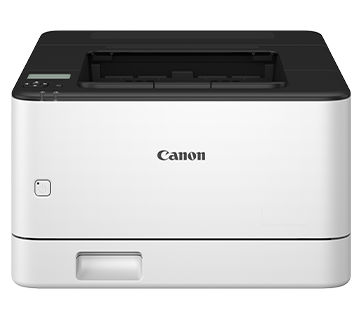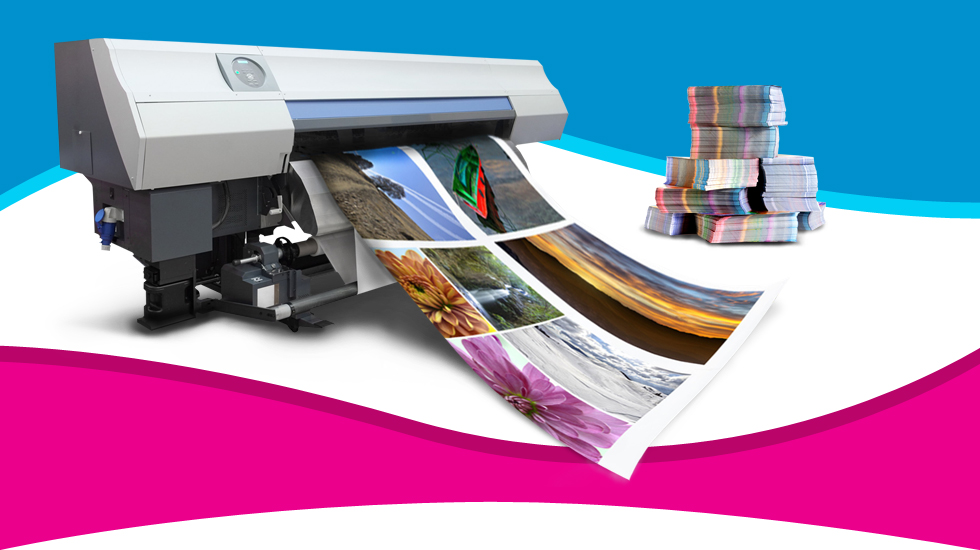Canon Printer Setup
- Make sure your printer is power on.
- Select Download to install the recommended printer software to complete setup


Looking for Reliable Printering Services?
- Communication errors between printer and device
- Printer not printing
- Printing process is too slow
- Printer not being recognized by your system
- Printer is offline
- Cannot find Printer Drivers
- Printer printing blurred
- Wireless printer setup assistance
- Various scanning problems
Types of Printing Services: A Comprehensive Guide
In today’s highly visual and competitive world, printing services play a crucial role in business communication, marketing, packaging, and branding. From business cards and brochures to large banners and custom merchandise, printing services bring ideas to life with precision and professionalism. With the advancement of technology, the printing industry has evolved significantly, offering a wide range of services to suit various needs. This article explores the major types of printing services available today, their unique features, and the typical applications for each.
1. Offset Printing
Offset printing, also known as lithography, is one of the most widely used commercial printing techniques. It involves transferring ink from a plate to a rubber blanket and then onto the printing surface, usually paper.
Key Features:
High image quality and color fidelity
Cost-effective for large volume jobs
Suitable for a wide range of materials
Applications:
Magazines
Newspapers
Books
Brochures
Stationery
Offset printing is ideal when large quantities are needed, and consistency in print quality is essential.
2. Digital Printing
Digital printing is a modern method that prints digital images directly onto various media surfaces. Unlike offset printing, it does not require printing plates, making it faster and more flexible for short runs and custom jobs.
Key Features:
Quick turnaround time
Cost-effective for small print runs
Allows for variable data printing (e.g., personalized marketing)
Applications:
Business cards
Flyers
Posters
Custom labels
Invitations
Digital printing is especially useful for projects that require fast delivery or frequent updates.
3. Screen Printing
Screen printing, also known as silkscreen printing, is a technique that uses a mesh screen to transfer ink onto a substrate, except in areas made impermeable to the ink by a blocking stencil.
Key Features:
Durable and vibrant prints
Suitable for a wide range of surfaces
Best for solid color designs
Applications:
T-shirts and apparel
Posters
Signage
Promotional items
Glass and wood surfaces
Screen printing is popular for printing on textiles and products that require a high level of durability.
4. Flexography
Flexographic printing is a type of rotary printing that uses flexible relief plates. It is commonly used for printing on non-porous substrates such as plastics, metallic films, cellophane, and paper.
Key Features:
Fast-drying inks
Ideal for long runs
Suitable for packaging and labels
Applications:
Food packaging
Plastic bags
Labels and stickers
Gift wraps
Corrugated cardboard
Flexography is widely used in the packaging industry due to its speed and versatility.
5. Gravure Printing
Gravure printing is a type of intaglio printing process where the image is engraved onto a cylinder. It is known for producing very high-quality prints, especially for images with fine details.
Key Features:
Exceptional image quality
Long press runs without image degradation
Expensive setup but economical at high volumes
Applications:
High-end magazines
Catalogs
Packaging
Decorative printing (e.g., wallpaper)
Gravure is suitable for large-volume jobs requiring top-quality image reproduction.
6. 3D Printing
3D printing, or additive manufacturing, is a revolutionary technology that creates three-dimensional objects from a digital file, typically using materials like plastic, resin, or metal.
Key Features:
Customization and rapid prototyping
Creates complex geometries
Uses various materials
Applications:
Prototypes and product development
Medical devices and prosthetics
Jewelry
Automotive parts
Architectural models
3D printing is transforming industries by allowing fast, custom, and cost-effective manufacturing.
7. Large Format Printing
Large format printing, also known as wide-format printing, is used to produce large graphics or designs that cannot be created using traditional printers.
Key Features:
High-resolution large prints
Weather-resistant materials available
Suitable for indoor and outdoor use
Applications:
Banners
Posters
Wall decals
Trade show displays
Vehicle wraps
This type of printing is ideal for making a big impact with visuals in public spaces or events.
8. Letterpress Printing
Letterpress is one of the oldest forms of printing, where raised letters are inked and pressed onto paper. Although it has been largely replaced by modern methods, it is still used for specialty items.
Key Features:
Distinctive tactile feel
Elegant and vintage appearance
Manual or semi-automatic process
Applications:
Wedding invitations
Business cards
Certificates
Art prints
Letterpress is valued for its craftsmanship and is often chosen for prestigious or formal projects.
9. Pad Printing
Pad printing is a method used to transfer a 2D image onto a 3D object using a silicone pad.
Key Features:
Prints on irregular and curved surfaces
Precise image transfer
Versatile material compatibility
Applications:
Promotional products
Electronic components
Medical devices
Toys
Pad printing is essential in industries where branding or labeling small, irregularly shaped items is required.
10. Sublimation Printing
Sublimation printing is a process where heat is used to transfer dye onto materials like fabric, ceramic, or metal. It is popular for full-color designs.
Key Features:
Permanent, full-color prints
Works best on polyester-based materials
Not suitable for dark or cotton fabrics
Applications:
Apparel
Mugs
Phone cases
Mousepads
Sportswear
Sublimation printing offers vivid colors and long-lasting results, making it perfect for customized gifts and apparel.
Conclusion
The world of printing services is diverse, with each type serving specific needs and industries. Whether you’re producing high-volume marketing materials, customizing apparel, or creating a prototype, there is a printing method tailored to your requirements. Understanding the different types of printing services helps businesses and individuals choose the most appropriate method for their projects in terms of quality, cost, and turnaround time.
As technology continues to evolve, printing methods are becoming more efficient, customizable, and environmentally friendly, providing endless possibilities for creative expression and professional communication. Choosing the right printing service can make a significant difference in the success and presentation of your materials, so it’s essential to evaluate your needs carefully before selecting a service provider.
Why Choose Us?
✅ High-Quality Prints – We use state-of-the-art printers and top-grade materials for a flawless finish.
✅ Fast Turnaround – Get your orders delivered on time, every time.
✅ Affordable Rates – Competitive pricing for all your printing needs.
✅ Custom Design Services – Need help with design? Our in-house team can create it for you.
✅ Bulk Orders Welcome – We handle large volumes with ease and efficiency.